 1971 Opel Ascona A Voyage Dimensions, Size & Specs
1971 Opel Ascona A Voyage Dimensions, Size & Specs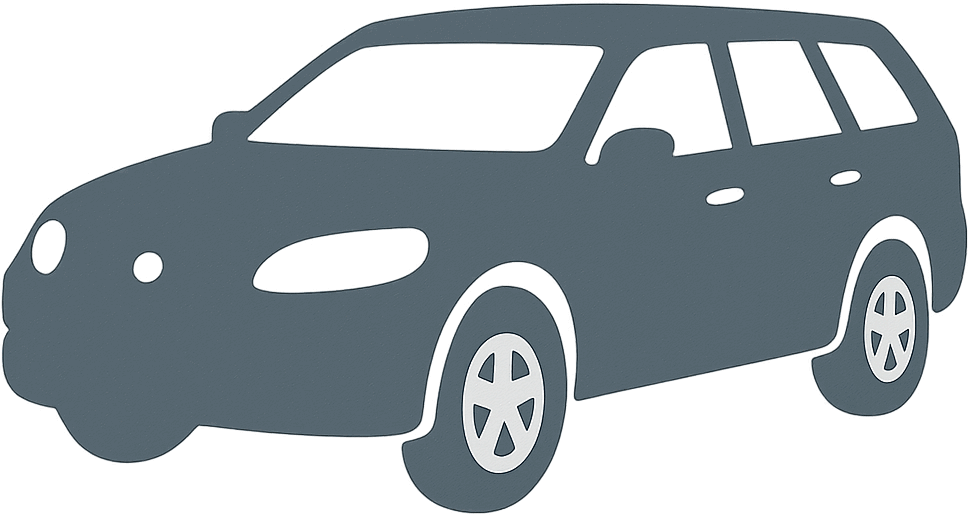
Measurements of the 1971 Opel Ascona A Voyage, engineered for optimal performance and comfort
| Dimensions | |
|---|---|
| Length: | 4178 mm164.5 in13.7 ft |
| Width: | 1635 mm64.4 in5.4 ft |
| Height: | 1384 mm54.5 in4.5 ft |
| Ground Clearance: | 134 mm5.3 in0.4 ft |
| Weight Specifications | |
| Curb Weight: | 990-1020 kg2183-2249 lbs |
| Maximal permitted Weight: | 1505-1535 kg3318-3384 lbs |
| Tire Specifications | |
| Rims Size: |
|
| Tire Size: |
|
The Opel Ascona A Voyage, a station wagon variant of the first-generation Opel Ascona, was produced from 1970 to 1975. This classic mid-sized wagon is characterized by its practical design and compact dimensions, offering a balance between usability and economy for families and drivers of its era. Measuring 4178 mm (164.5 inches) in length, 1635 mm (64.4 inches) in width, and standing at a height of 1384 mm (54.5 inches), the Ascona A Voyage provides a modest yet functional footprint on the road, ideal for urban and suburban driving. Its ground clearance of 134 mm (5.3 inches) enables it to handle typical road conditions with relative ease, contributing to its versatility. Depending on the configuration, the curb weight of the Opel Ascona A Voyage ranges from 990 kg to 1020 kg (2183 to 2249 lbs), with a maximum weight capacity between 1505 kg and 1535 kg (3318 to 3384 lbs), which ensures it can carry passengers and cargo without compromising performance. The car rides on 13-inch rims paired with 185/70 R13 tires, providing adequate grip and ride comfort typical for station wagons of its time. The Opel Ascona A Voyage’s size and weight profile reflects the era's emphasis on practical family transportation with efficient space utilization while maintaining manageable dimensions for ease of parking and maneuvering. This makes it a notable example among 1970s European station wagons, blending functionality with a classic design that remains appreciated by vintage car enthusiasts today.
Discover the standout features that make the 1971 Opel Ascona A Voyage a leader in its class
Have a question? Please check our knowledgebase first.
The Opel Ascona A Voyage station wagon measures 4178 mm (164.5 inches) in length, 1635 mm (64.4 inches) in width, and 1384 mm (54.5 inches) in height. These dimensions reflect the compact yet practical size typical of early 1970s station wagons, offering a balance between interior space and maneuverability. Its length of just over 4.1 meters allows for ample cargo and passenger room without making the car overly large for urban driving or parking.
The curb weight of the Opel Ascona A Voyage ranges between 990 kg and 1020 kg (2183 to 2249 pounds), which indicates the weight of the vehicle without passengers or cargo but with necessary operating consumables like oil and fuel. Its maximum permissible weight, which includes passengers, cargo, and fuel, lies between 1505 kg and 1535 kg (3318 to 3384 pounds). This weight range showcases that the vehicle was lightweight for its class, aiding fuel efficiency and handling.
Yes, the Opel Ascona A Voyage comfortably fits into a standard residential garage. With a height of 1384 mm (54.5 inches), a width of 1635 mm (64.4 inches), and a length of 4178 mm (164.5 inches), it occupies less space than many modern vehicles, especially SUVs. Standard garage dimensions typically allow for up to 2.4 meters (7.9 feet) in height and around 2.4 to 3 meters (7.9 to 9.8 feet) in width, so parking the Ascona A Voyage is manageable without concern for clearance or width constraints.
The Opel Ascona A Voyage has a ride height or ground clearance of 134 mm (5.3 inches), which is relatively typical for compact station wagons from the early 1970s. This moderate ground clearance balanced road comfort and practical usability on less smooth roads common at the time. Compared to some sportier sedans with lower clearance or rugged off-road vehicles with higher clearance, the Ascona's height provided good handling on paved and mildly uneven surfaces while maintaining a low center of gravity.
The Opel Ascona A Voyage comes equipped with 13-inch rims fitted with 185/70 R13 tires. The tire width of 185 mm (7.3 inches) and the relatively tall sidewall height (70% of the width) provide a comfortable ride by absorbing road irregularities. The 13-inch rim size was common in compact cars of the period and contributes to better handling and fuel economy. Together, these tire and rim specifications offer a good balance between grip, comfort, and ride stability for everyday driving.
While exact cargo capacity figures for the Opel Ascona A Voyage are not always publicly specified, as a compact station wagon, it is designed to provide a versatile and ample cargo area. The relatively long body length of 4178 mm (164.5 inches) compared to the sedan variant allowed for extended luggage space behind the rear seats. With rear seats folded down, the cargo space becomes significantly larger, making it practical for transporting goods, luggage, or larger items typical for family or utility use in the 1970s.
The Opel Ascona A Voyage, produced from 1970 to 1975, essentially is the first generation of the Opel Ascona family and thus does not have a direct predecessor under the Ascona name. However, if comparing it with the Opel Kadett or earlier Opel compact models available before the Ascona's introduction, the Ascona Voyage offered a slightly larger and more modern station wagon alternative. It featured more contemporary styling and dimensions tailored to meet evolving market demands for family cars in the early 1970s.
The Opel Ascona A Voyage is comparable in size and weight to other European compact station wagons of the early 1970s, such as the Volkswagen Variant (Type 3) and Ford Taunus station wagon versions. Its length of 4178 mm (164.5 inches) and weight ranging from 990 to 1020 kg (2183 to 2249 pounds) place it solidly in the middle of this segment, offering a good blend of spaciousness and lightweight construction. These dimensions made it competitive for urban use and practical family duties, balancing economy and functionality.
The Opel Ascona A Voyage targeted families and small business owners seeking a versatile vehicle capable of transporting passengers and cargo efficiently. Its station wagon body style was ideal for weekend trips, daily commutes with family, or light commercial uses. The car’s balance of size, weight, and fuel efficiency made it attractive as a practical and economical choice during the 1970s. Drivers appreciated its ease of handling and flexibility compared to larger wagons or sedans.
The Opel Ascona A Voyage featured a classic compact station wagon design characterized by a straightforward, boxy silhouette that maximized interior space. Its relatively low height of 1384 mm (54.5 inches) and narrow width of 1635 mm (64.4 inches) contributed to an aerodynamic but practical form. Inside, the vehicle offered comfortable seating with sturdy materials common in the era. Its 13-inch wheels and ground clearance of 134 mm (5.3 inches) allowed for confident road handling. The design emphasized reliability, simplicity, and versatility, hallmarks of Opel’s engineering philosophy during the early 1970s.
Discover similar sized cars.

| Production: | 1979-1984 |
|---|---|
| Model Year: | 1979 |
| Length: | 4207 mm165.6 in |
| Width: | 1636 mm64.4 in |
| Height: | 1400 mm55.1 in |
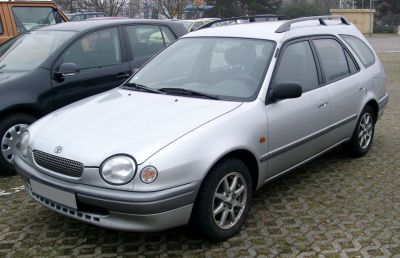
| Production: | 1997-2001 |
|---|---|
| Model Year: | 1998 |
| Length: | 4240-4320 mm166.9-170.1 in |
| Width: | 1690-1710 mm66.5-67.3 in |
| Height: | 1445-1610 mm56.9-63.4 in |
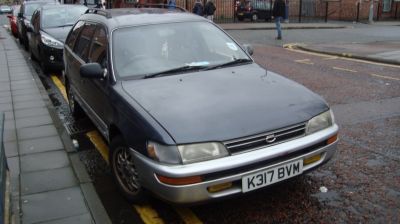
| Production: | 1992-1997 |
|---|---|
| Model Year: | 1993 |
| Length: | 4260 mm167.7 in |
| Width: | 1685 mm66.3 in |
| Height: | 1460 mm57.5 in |

| Production: | 2015-2017 |
|---|---|
| Model Year: | 2015 |
| Length: | 4236 mm166.8 in |
| Width: | 1693 mm66.7 in |
| Height: | 1445 mm56.9 in |

| Production: | 2012-2015 |
|---|---|
| Model Year: | 2012 |
| Length: | 4240 mm166.9 in |
| Width: | 1693 mm66.7 in |
| Height: | 1441-1693 mm56.7-66.7 in |
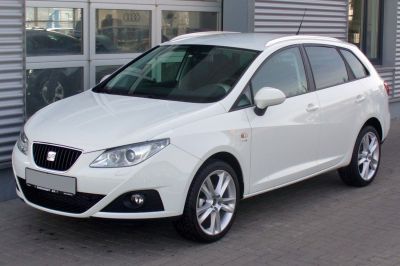
| Production: | 2010-2011 |
|---|---|
| Model Year: | 2010 |
| Length: | 4227 mm166.4 in |
| Width: | 1693 mm66.7 in |
| Height: | 1445 mm56.9 in |
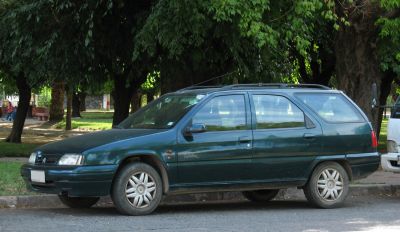
| Production: | 1994-1997 |
|---|---|
| Model Year: | 1995 |
| Length: | 4260 mm167.7 in |
| Width: | 1705 mm67.1 in |
| Height: | 1457 mm57.4 in |
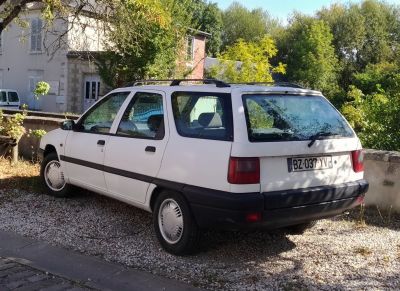
| Production: | 1993-1994 |
|---|---|
| Model Year: | 1994 |
| Length: | 4260 mm167.7 in |
| Width: | 1702 mm67.0 in |
| Height: | 1451 mm57.1 in |
